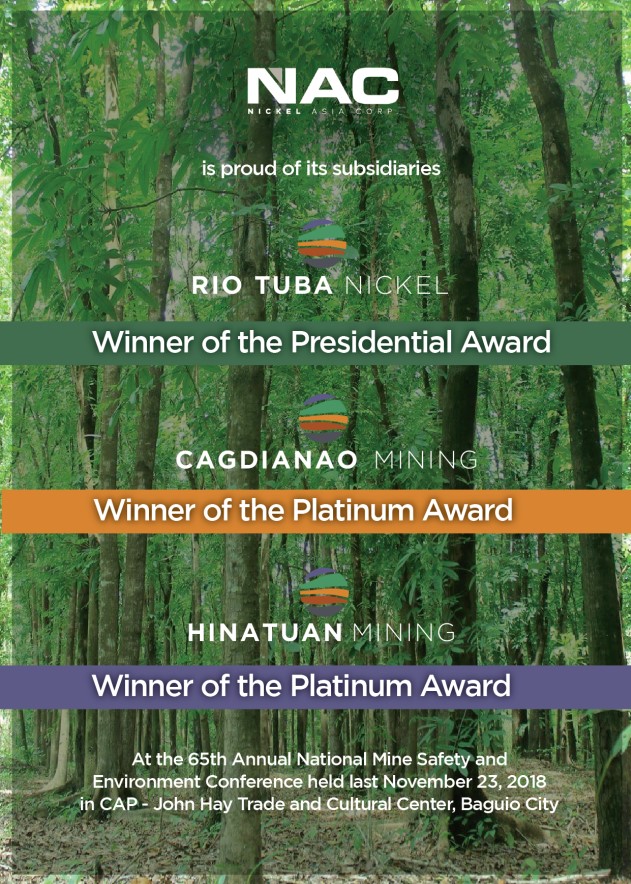How Pangasinan’s Foundation Day was determined
(The following is an excerpt from the position submitted by the National Historical Institute (NHI) in response to the Office of the Sangguniang Panlalawigan of the Province of Pangasinan’s request for a clarification on the process it adopted in connection with the study conducted surrounding the appointment of a date for the foundation of Pangasinan Province.- Research & Study Committee)
“The Sangguniang Panlalawigan of Pangasinan issued Proposed Provincial Ordinance No. 18, S. 2005, “Creating a Committee of Scholars to look into and ascertain the historical facts and events on the actual date of the foundation anniversary of the Province of Pangasinan.” The issuance of the proposed ordinance was motivated primarily by one reason: the province’s yearly celebration of its foundation day known as “Pangasinan Day” is based on and derives from the Republic Act No. 6721 entitled “An Act Declaring November Thirteen of each Year a special Public Holiday in the Province of Pangasinan”, which was signed into law by President Corazon Aquino on 20 October 1989. As stated in the provincial resolution, R.A. No. 6721 “was enacted to commemorate the birth anniversary of the late Speaker Eugenio P. Perez” who was a prominent son of Pangasinan. The law was then named after him, thus, “Speaker Eugenio P. Perez Day”. However, the crux of the problem arose when it was later renamed “Pangasinan Day”, because it was taken to mean, and since then perpetuated in the consciousness of Pangasinenses, as the day the Province was created. Understandably, this is an error the Sangguniang Panlalawigan of Pangasinan now seeks to rectify, not only to give due honor to the late Speaker by observing the true intent of R.A. 6721 as “Speaker Eugenio P. Perez Day” but also to uncover the true and actual day of creation of Pangasinan.
According to Dr. Rosario Mendoza Cortez, in her landmark work, Pangasinan, 1572-1800 (UP Press, 1974), Pangasinan was “among those organized into alcaldias mayores in 1580” (p.63). Dr. Cortez says that the original ordinance was issued by Charles I on 8 November 1550, “reiterated” by Felipe II in 1575 and “reissued” again “presumably for the benefit of the Philippines, which by then [1580] had already been allotted to encomenderos.” Dr. Cortez further cites Miguel de Loarca’s Relacion de las Islas Filipinas (1582) and Bishop Domingo Salazar’s confirmation in his chronicle of 1588, that “Pangasinan was among the seven well-populated provinces of Luzon which had an alcalde mayor” “before 1586”. [Dr. Cortez’ other sources are Recopilacion de Leyes de los Reynos de las Indias. (Mandalas imprimir y publicar por la magestad Catolica del Rey Don Carlos II…1791. Madrid: Consejo de la Hispanidad 1943. A reproduction of the 1791 edition.); “Relation of the Philippines” in Volume XXXIV of Blair and Robertson’s [BR] The Philippine Islands 1493-1898 (1903-1909); and Domingo de Salazar’s “Affairs in the Philippines, 1582”, Volume V of BR, and “Relation of the Philippine Islands” by the same in Volume VII of BR.]
Atang, the Philippines: Land and People (Quiason, Serafin D., Tan, Samuel K., et. al. Manila: Kalinangan Group, 1986) likewise affirms that Pangasinan was one of the provinces created by Governor General Ronquillo de Panalosa in 1580 with Don Pedro Manrique appointed as the alcalde mayor. This increased the number of such political subdivisions from four to 17.
“Tadhana: The History of the Filipino People (Ferdinand E. Marcos, 1979) defines alcalde mayor variously as “head of a province or a region in colonial Philippines with judicial powers” or “a provincial governor with judicial functions”.
“Lee W. Vance’s Tracing Your Philippine Ancestors (Utah:1980) as well as Provinces of the Philippines (1962 Reprint. Bureau of Public Schools. From Volume I, Census of 1918) both cite the year 1611 as the creation of Pangasinan. Although neither source mentions its basis foe 1611, the NHI believes this was taken from Agustin de la Cavada’s Historia Geografica, Geologica y Estadistica de Filipinas (1876, Vol. I, p.133), which gives this year as the date of creation of Pangasinan as a province. However, no basis was given by Cavada. A check with Fr. Manuel Buzeta’s Diccionario Geografico-Estadistico-Historico de las Islas Filipinas (1850, vol. II, p. 388), reveals that 1611 was the year the Dominican missionaries took over from the Augustinians the ecclesiastical jurisdiction of the province.
“Under the American colonial regime, Pangasinan was created as a province through Act No. 86 entitled, “AN ACT EXTENDING THE PROVISIONS OF THE PROVINCIAL GOVERNMENT ACT TO THE PROVINCE OF PANGASINAN”, with Section 1 providing, “all the provisions of the Act entitled “a general Act for the organization of provincial governments in the Philippine Islands,” enacted February sixth, nineteen hundred and one, shall apply to and govern the establishment of a provincial government in that territory in the Island of Luzon known as the Province of Pangasinan, together with the four towns of Umingan, Rosales, San Quintin, and Balungao, which are now a part of what is known as the Province of Nueva Ecija, which towns are now made a part of the Province of Pangasinan hereby established…” (Public Acts, 1964, Volume I, p. 186). Act No. 86, however, was superseded by Act No. 2711, also known as Administrative Code of 1917, as enacted on 10 March 1917 (Symbols of the State, 1970,p. 161). Nonetheless, these issuances do not negate Pangasinan was organized and already existed as a province prior to the American regime.
“Based on these findings, therefore, the NHI takes the position that Pangasinan was first organized as an alcaldia mayor, colonial political subdivision that maybe interpreted as corresponding to a province, in 1580. However, there is still the problem of lack of exact date. According to precedent, this lack would have been resolved by adopting instead the date of appointment of the first governor of the alcaldia mayor/province, in this case Governor Pedro Manrique. However, the only citation in Blair and Robertson (Volume VII, p. 133), which is Dr. Cortez’ basis, also fails to mention the exact date of Manrique’s appointment. In view of this, the NHI’s position then would be to recommend further research.”
(Note: The Research and Study Committee was created by the Provincial Governor through Executive Order No. 0024-2009 to determine the exact date of the Pangasinan Charter. The committee’s findings are in agreement with those of the NHI. In addition, it found out that there is a document in the Archives in Seville, Spain which states that Pangasinan was placed in jurisdiction on April 5, 1572 but this primarily refers to the date that Pangasinan was made an encomienda and not as a province as attested by NHI. The findings of the researchers point to 1580 as the most credible founding year of the province. In the absence of an exact date, the research committee used the policy and guidelines of the NHI in identifying the foundation day of a municipality/province and came up with a recommendation for April 5, 1580 as the foundation day of Pangasinan.
It is of interest to note that the neighboring provinces, believed to have been founded around the same time as Pangasinan, are celebrating their foundation day despite the fact that there are no documents to establish the exact date of their charter. Pangasinan, for decades, has been deprived of celebrating its foundation day in the absence of documents to show its exact charter date. Employees of the provincial government are likewise deprived of their mandatory foundation day bonus. It is high time that Pangasinan should celebrate its foundation day considering that available documents point to the year of its founding.
The Provincial Ordinance declaring April 5, 1580 as the foundation day of Pangasinan, the Sangguniang Panlalawigan is open to amendments if incontrovertible evidence is found in the future as suggested by the Research and Study Committee Chairman Gonzalo T. Duque. Thus, every person knowledgeable of the exact founding date of Pangasinan is welcome to come forward and present his evidence).
Share your Comments or Reactions
Powered by Facebook Comments







